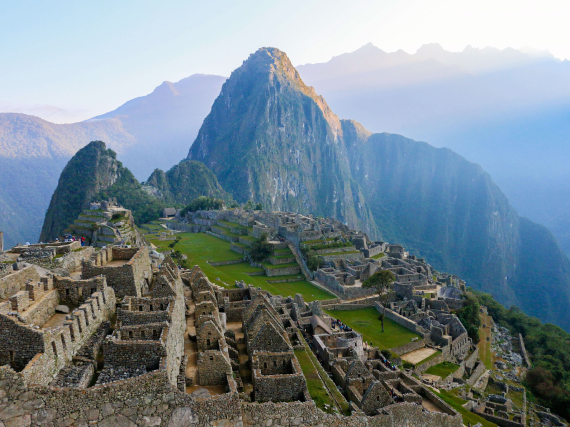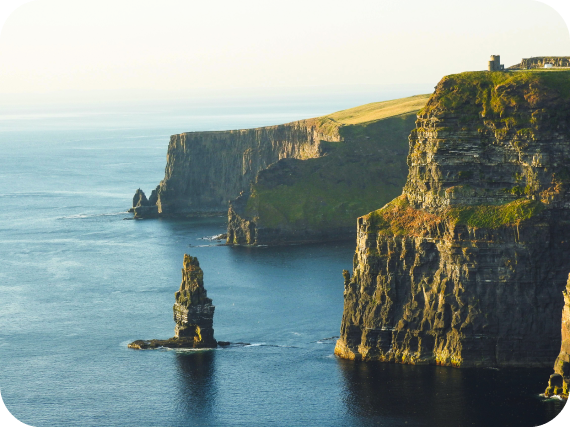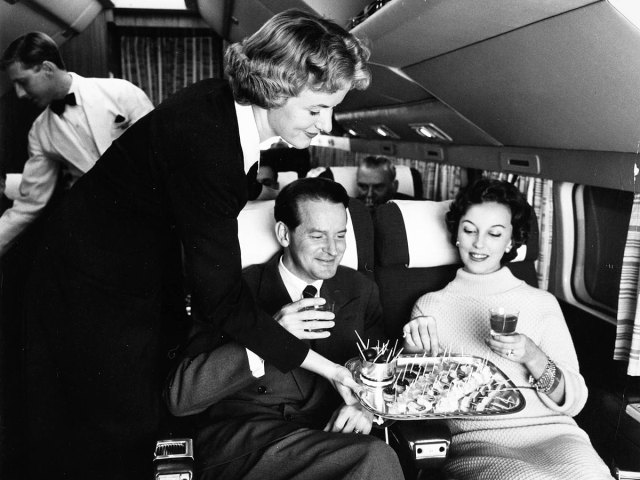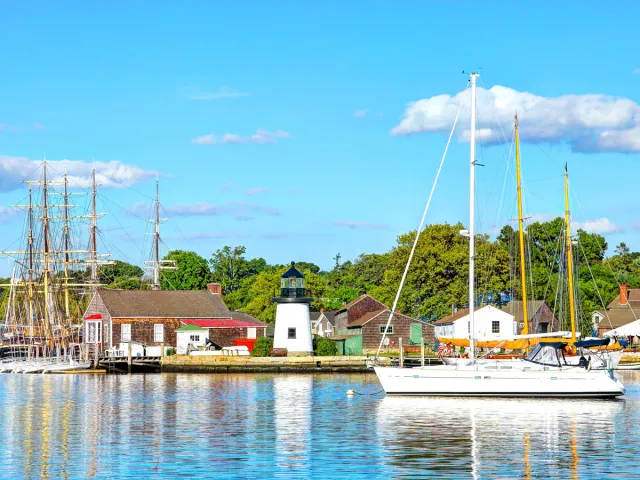Music has the ability to shape the zeitgeist, even when it comes to travel. Case in point: A song written about a girl from Brazil can turn her hometown into a must-see destination, a small street in Liverpool can become the most photographed landmark in the city, and a ditty written in a bar can become a multimillion-dollar brand inspired by a fictional location. Here are five tourist destinations made popular by hit songs.
Rio de Janeiro, Brazil – “The Girl From Ipanema”
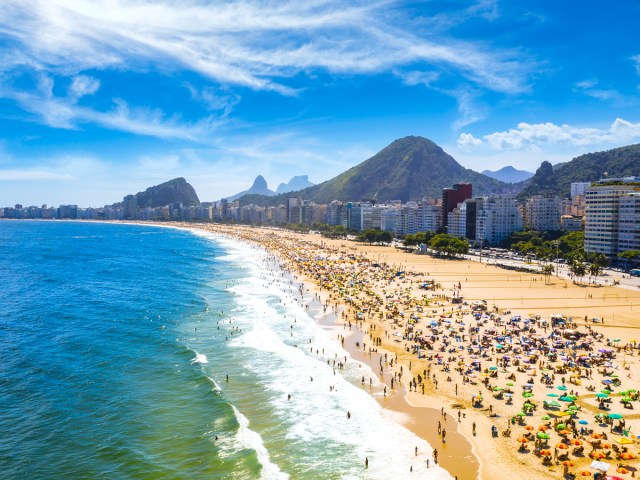
Before “The Girl From Ipanema” hit the radio waves in 1962, Rio de Janeiro’s now-famous beach wasn’t as well-known outside of Brazil. At the time, Brazilian composers Antônio Carlos Jobim and Vinícius de Moraes were inspired by an 18-year-old Brazilian girl, who walked by them daily as they sat in a cafe in Ipanema. The girl, Helô Pinheiro, was the walking embodiment of Rio de Janeiro’s vibe — young, beautiful, and without a care in the world.
The jazzy classic didn’t become an international hit until 1964, when an English version was released. That version later won a Grammy Award for Record of the Year and reached the Top 10 of the Billboard Hot 100 chart. And from that point on, Ipanema Beach became a can’t-miss tourist attraction in Rio de Janeiro.
Buenos Aires, Argentina – “Don’t Cry for Me Argentina”
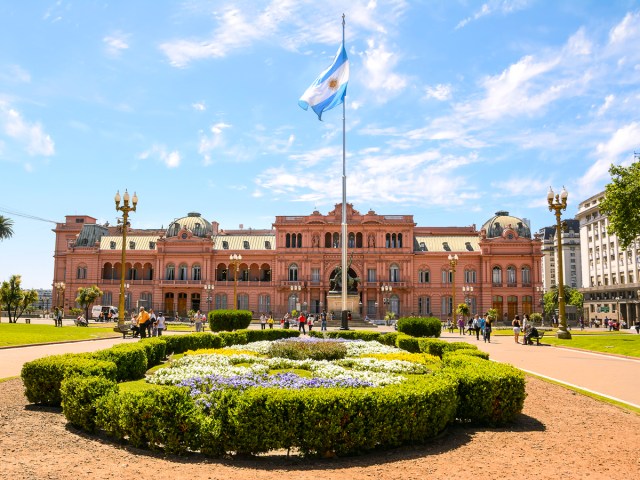
“Don’t Cry for Me Argentina” was written by Andrew Lloyd Webber and Tim Rice for Evita, a musical released in 1978 and later adapted into a hit film in 1996. In the film adaptation, Madonna, who plays the titular character, belts out the iconic song lyrics from a balcony on Casa Rosada, the seat of the national government in Buenos Aires.
Before the musical was released, many Americans were unfamiliar with Argentina’s shifting political landscape and the story of Eva Perón, the first lady of Argentina and a champion of the working class. After its release, the capital city of Buenos Aires became even more recognized as a tourist destination, with people flocking to Casa Rosada (the site of the balcony where Evita sings), Recoleta Cemetery (where Eva Perón is interred), and Museo Evita (a museum in Buenos Aires dedicated to the life and work of the first lady).
Liverpool, England – “Penny Lane”
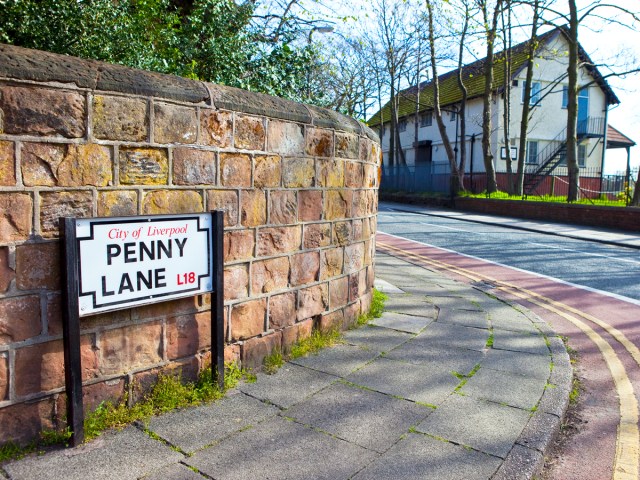
“Penny Lane” was released in 1967 and went on to become the Beatles’ 13th No. 1 hit on the Billboard Hot 100. Inspired by a street in Mossley Hill, the same neighborhood where Paul McCartney and John Lennon grew up, the song ensured that Liverpool would never be the same. The cheerful melody and nostalgic lyrics of “Penny Lane” turned the working-class city into an international sensation, as fans flocked to Liverpool to see the Beatles’ hometown.
Today, Liverpool continues to be a tourist attraction for Beatles fans. Penny Lane remains the most photographed landmark in the city, while the Magical Mystery Tour Bus takes visitors on a comprehensive ride around Liverpool to different Beatles sites, including childhood homes, schools, Strawberry Field, and, of course, Penny Lane.
Key West, Florida – “Margaritaville”
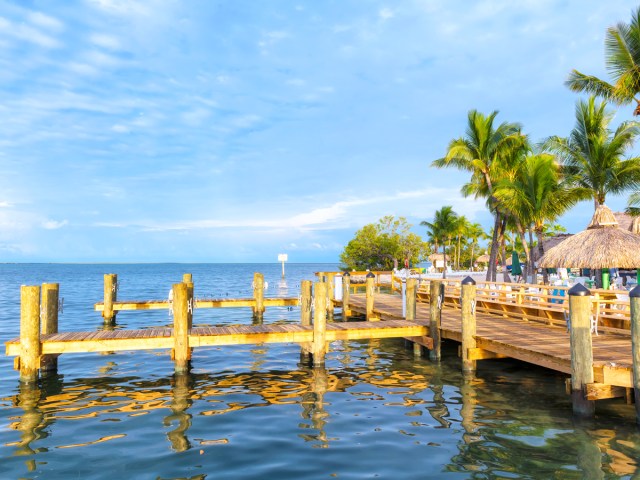
When Jimmy Buffett wrote “Margaritaville” in a bar in Austin, Texas, in 1976, he had no idea the ditty would turn into an international sensation. Although Margaritaville is a fictionalized location, inspired by the laid-back, tropical destinations many of us yearn for, “Margaritaville” was so popular that it even transformed the songwriter’s home base of Key West, Florida.
Thanks to the song’s success, Buffett opened the Margaritaville Cafe in Key West, and it became a pilgrimage destination for Parrotheads. Over time, Margaritaville grew into an international brand, with storefronts, hotels, RV resorts, gaming properties, and restaurants popping up around the world. After Buffett’s death in 2023, Florida renamed State Road A1A, which travels the length of the Florida coast to the Keys, as the Jimmy Buffett Memorial Highway — further proof of the songwriter’s legacy.
Memphis, Tennessee – “Walking in Memphis”
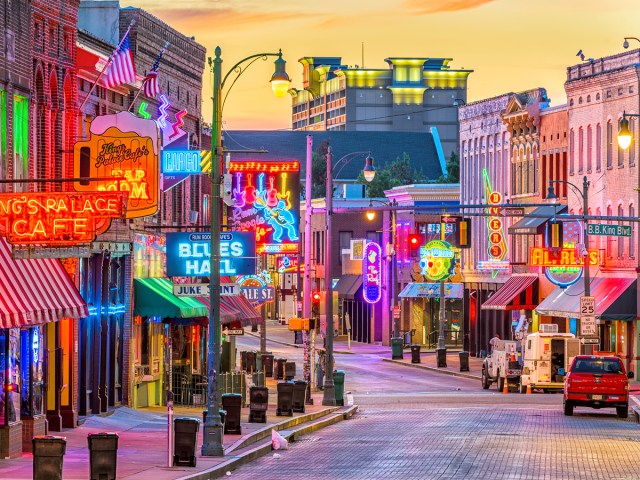
Written by Marc Cohn, “Walking in Memphis” paid homage to the musical city of Memphis. In his trademark husky voice, Cohn croons about walking the city streets. He references Beale Street, the location that gave birth to the blues and Graceland, Elvis Presley’s home, while also noting the city’s affinity to Delta blues and gospel music.
After “Walking in Memphis” was released in 1991, music lovers began flocking to Memphis and its many musical sites, bars, clubs, and restaurants. In particular, Beale Street experienced a revival and has since become a major tourist attraction. Today, it’s known as the “Home of the Blues.”
More from our network
Daily Passport is part of Inbox Studio, which publishes content that uplifts, informs, and inspires.

